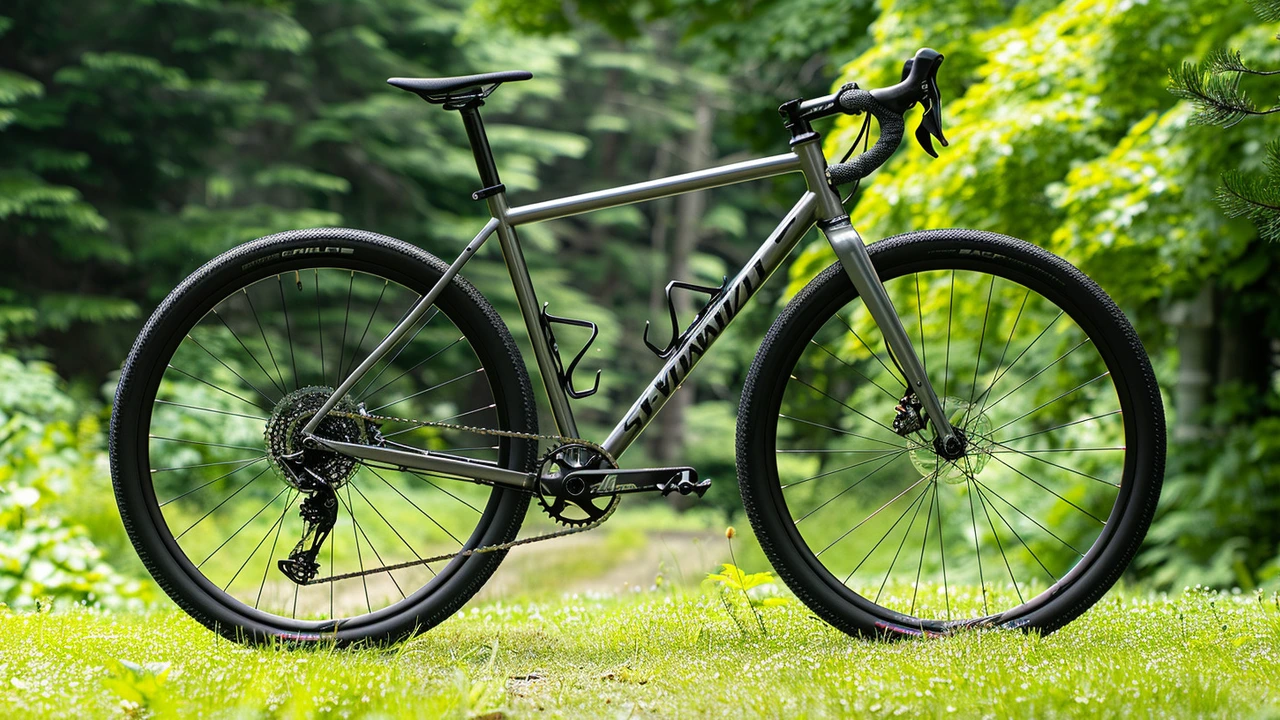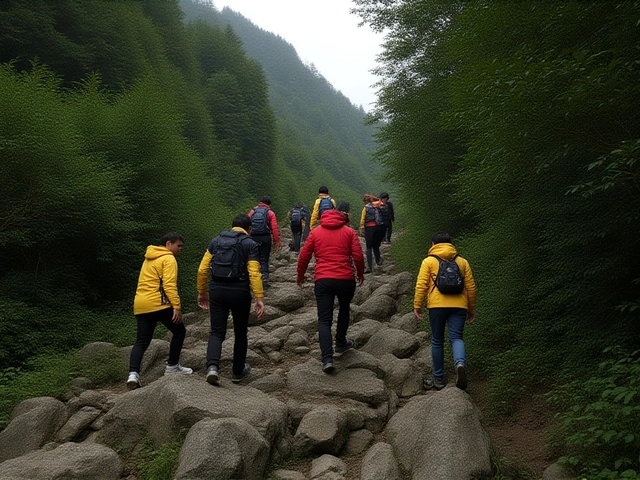Your Go-To Guide for Gravel Bike Adventures
If you’re new to gravel biking or looking to up your game, you’re in the right spot. Gravel bikes have become a favorite for riders who want the freedom to explore both paved roads and rough trails without switching bikes. But what makes a gravel bike special and what should you keep in mind before hitting the dirt? Let’s break down the basics and get you rolling smoothly.
Why Choose a Gravel Bike?
Gravel bikes blend features of road and mountain bikes, giving you a versatile ride that can handle sharp turns, bumps, and long distances. Their wider tires provide better grip and comfort on loose surfaces. Plus, the riding position is usually more relaxed, so you can enjoy longer trips without feeling stiff or tired. Whether it’s a dirt road, a forest path, or a mix of terrain, gravel bikes are built for it.
These bikes also come with mounts for racks and bottles, making them great for bikepacking and multi-day adventures. And you don’t need extreme technical skills to ride one — if you've got some experience on a road bike or mountain bike, a gravel bike is a fun new challenge that expands what you can do.
Essential Gear and Tips to Get You Started
First up, make sure your bike setup fits the kind of trails you want to ride. Tire width matters — wider tires give more grip but can slow you down on smooth surfaces. If your gravel routes are mixed with pavement, tires around 35-45mm hit the sweet spot. Also, consider tubeless tires to lower the risk of flats and improve comfort.
Don’t skip the basics like a helmet, gloves, and lights if you plan to ride early mornings or evenings. A small repair kit with patches, a pump, and multi-tools can save your ride if you get a flat or minor mechanical issue. Hydration packs or bottle cages keep you fueled, especially on long routes where water stops are scarce.
When riding, start with manageable distances and trails to get a feel for the bike’s handling off-road. Pay attention to shifting and braking, especially since gravel surfaces require more control than smooth pavement. Slow down in loose sections to avoid slipping, and practice standing on pedals to handle bumps better.
Gravel biking opens up new landscapes and routes that many riders miss out on. It’s not just about speed — it’s about the experience, the freedom of exploring less-traveled paths, and pushing your limits on diverse terrain. So, whether you’re planning weekend rides or big bikepacking trips, gearing up the right way and learning the basics will make your adventures safer and way more fun.









